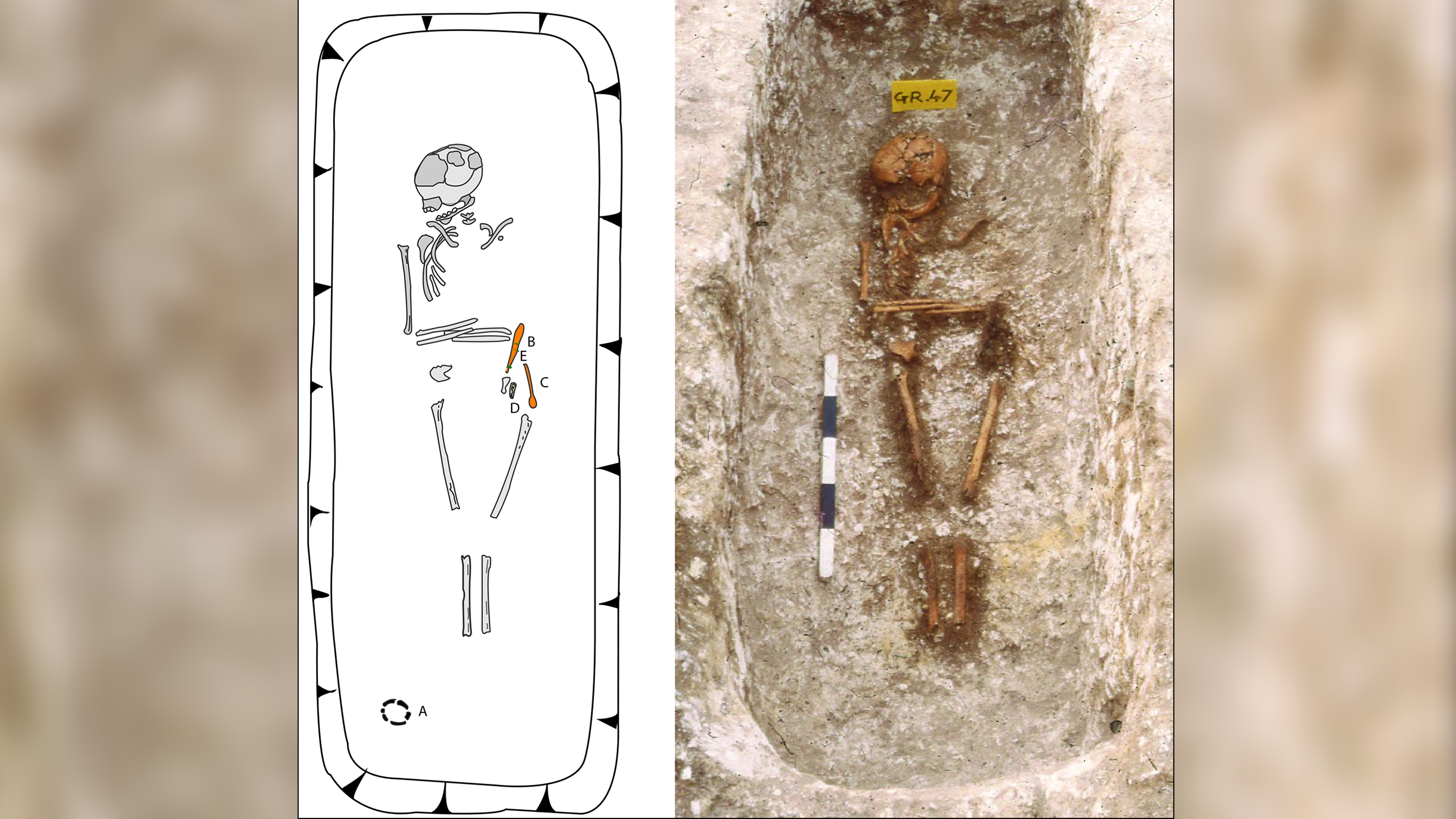Daily Rhythm Disruptions Linked to Fertility Problems

A simple experiment of leaving a room well-lit until midnight instead of turning off the lights at 6 p.m. cut the fertility rate of lab mice by half – leading some researchers to wonder what effect shift work, all-nighters and other sleep disruptions might have on humans trying to conceive.
Researchers at Northwestern University disrupted the circadian rhythms of female mice for five to six days after they mated with male mice. One group of 18 mice got an extra six hours of light; another 18 mice lost daylight.
By the end of the experiment, only half of the mice with extra daylight had litters. Mice that lost daylight fared worse – only 20 percent gave birth. Yet 90 percent of a control group of mice gave birth. These control mice had been exposed to a steady 12 hours of daylight, according to the study published today (May 23) in the journal PLoS ONE.
Mammals, and even trees, are known to synchronize their internal clocks, which control metabolism and other functions, to cues of night and day. Experts in fertility and circadian rhythms agreed the mouse experiments showed a strong connection between the mouse's internal clock and pregnancy. But what the findings could mean for humans sparked debate.
The long hands of the internal clock
While the new findings are very solid, the researchers "know very little about the mechanism" that might be at work, said Fred Davis, who studies circadian rhythms and developmental biology as a professor at Northeastern University in Boston.
Keith Summa, lead author of the study, said the details may be different across species, but he suspects that what he found in mice will be relevant to humans. Summa and his colleges pointed to surveys showing that nurses who work night shifts experience a high rate of irregular menstrual periods and other "adverse pregnancy outcomes."
Get the world’s most fascinating discoveries delivered straight to your inbox.
"I think the idea that's really interesting is that [the circadian] timing of the uterus is an important component to either establishing or sustaining early pregnancy," said Summa, a medical student at Northwestern, in Evanston, Ill.
But endocrinologist Dr. Neil Goodman said he doubts there's such a link. "I wouldn't call the fertility issues in women circadian," said Goodman, who is chairman of sex hormone and reproductive medicine at the American Association of Clinical Endocrinologists.
Is stress, not daylight, to blame?
When he worked as a doctor in Boston, Goodman said, he came to expect a surge of female college students who missed periods during final exams. Women came into his office with similar temporary blips after illness, a death in the family or other personal crises. "Every woman knows that any kind of stress can interrupt her periods," Goodman said.
Moreover, Goodman said, he doesn't trust mice as a model for human fertility. Mice menstruate on a different cycle and respond to different hormonal cues than humans do. "The only really good model we have is a cynomolgus monkey," he said, referring to the long-tailed macaques of Southeast Asia that are often used in lab tests.
Yet researchers of circadian rhythms say much remains unknown about internal clocks, health and regulatory systems.
"Many, many more things are being connected to our sleep cycles — even diabetes and heart disease," Davis said. "Heart attacks happen more often in the morning, for example."
Megan Mahoney, professor of chronobiology at the University of Illinois, Urbana, added that links between poor sleep and cancer have been found in both mouse and human studies.
The new study "may be in mice, but it is the first step in finding those mechanisms that cause that problem," Mahoney said.
This story was provided by MyHealthNewsDaily, a sister site to LiveScience.

